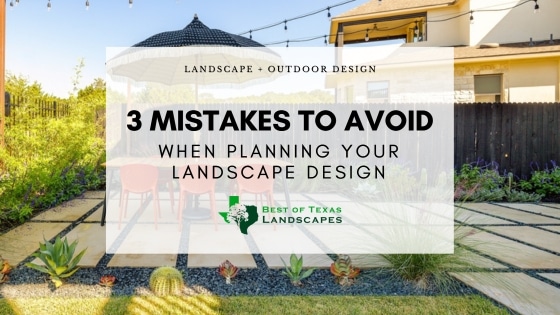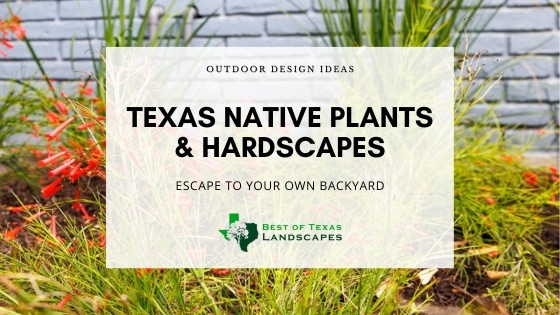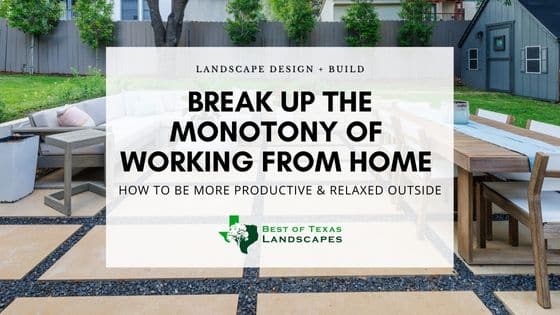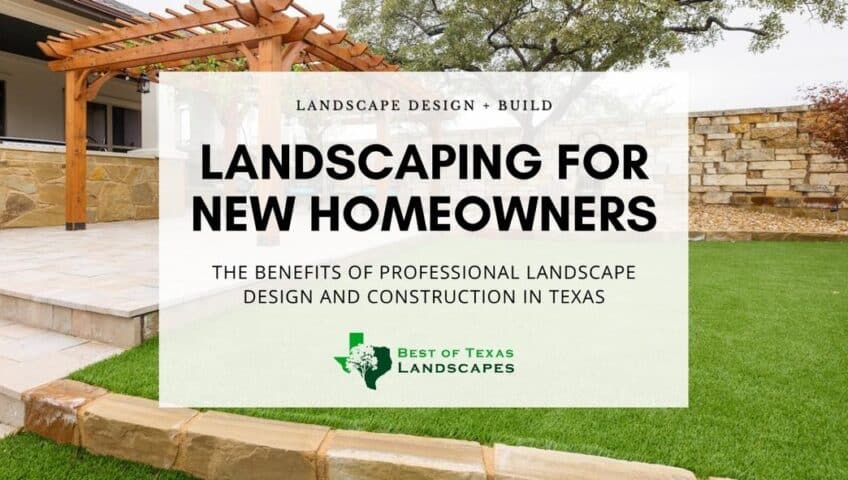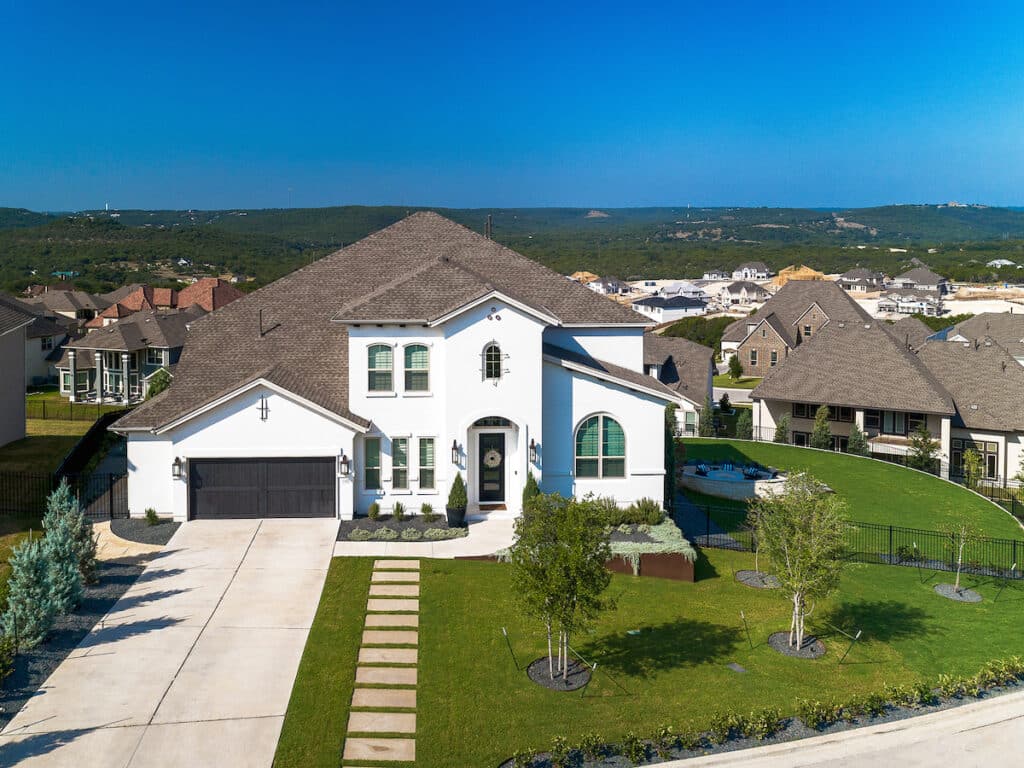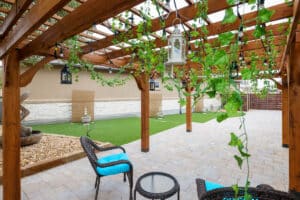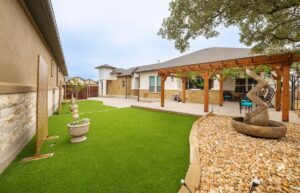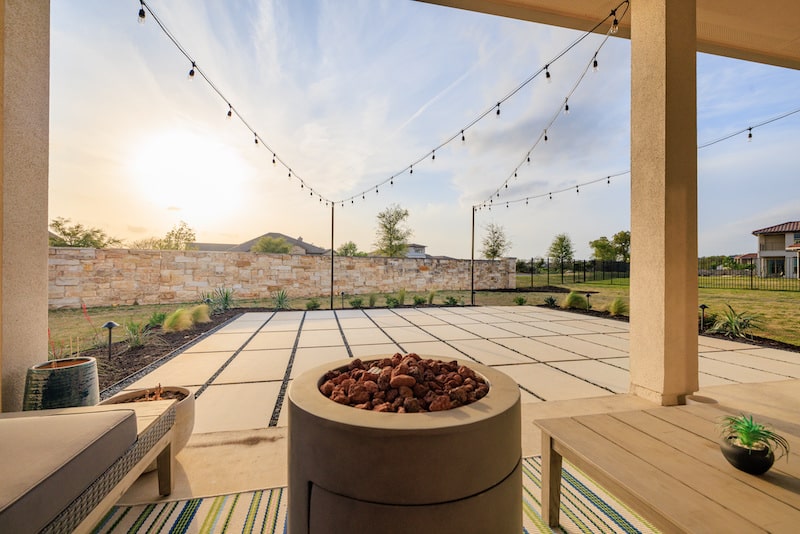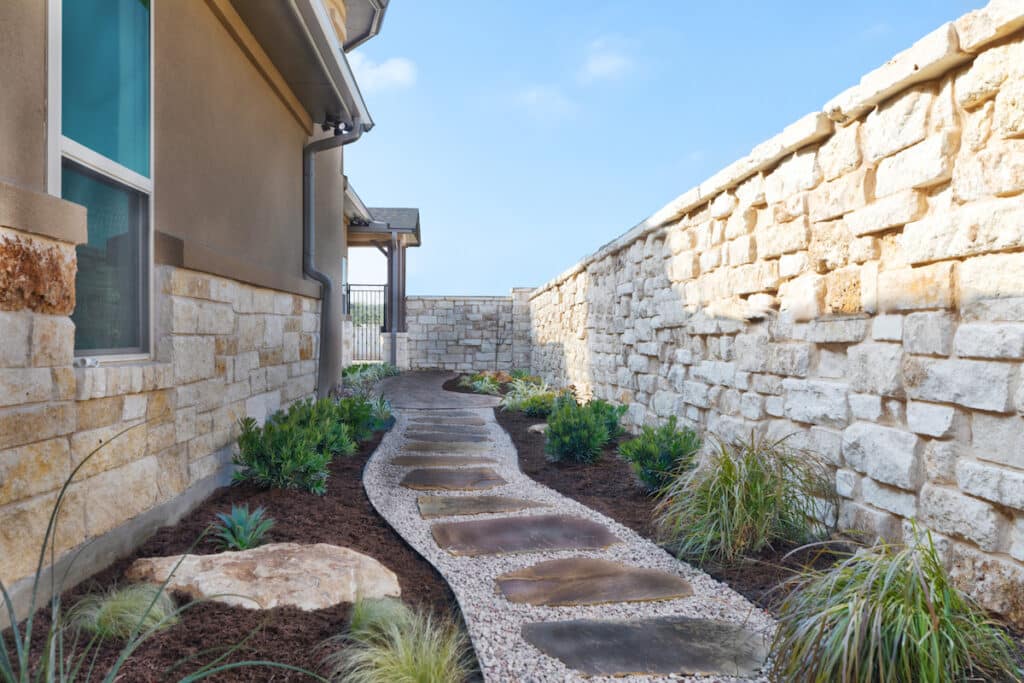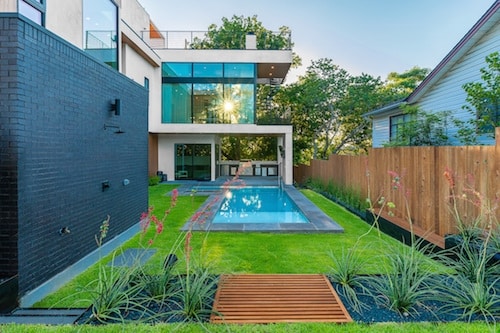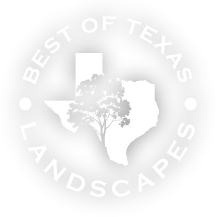The yard is an extension of the home where various activities occur. A yard can generally be divided into three areas: public (the front yard), private (the back yard), and service (typically the side yard). The location of activity areas depends primarily on the type of area, the size of space needed, the type of activity, and the desired proximity to other activities and structures.
Your spaces may include the front entry that welcomes you and your visitors to your home, an outdoor living area for cooking or entertaining, a patio or deck, a play area, a dog run, a secret garden/relaxation area, a vegetable garden or hobby area, and a trash/compost/work area.
Outdoor rooms are typically linked by pathways, steps, walkways, or openings with gates or arbors that encourage exploration and use of the entire yard. These spaces can also be linked by visual features such as a creek bed (wet or dry) that meanders through or beside several spaces, or a garden wall that begins at a patio, moves along a turf area, and ends along a planted area.
